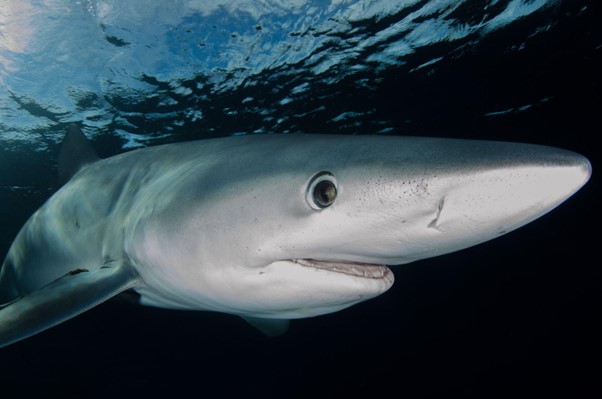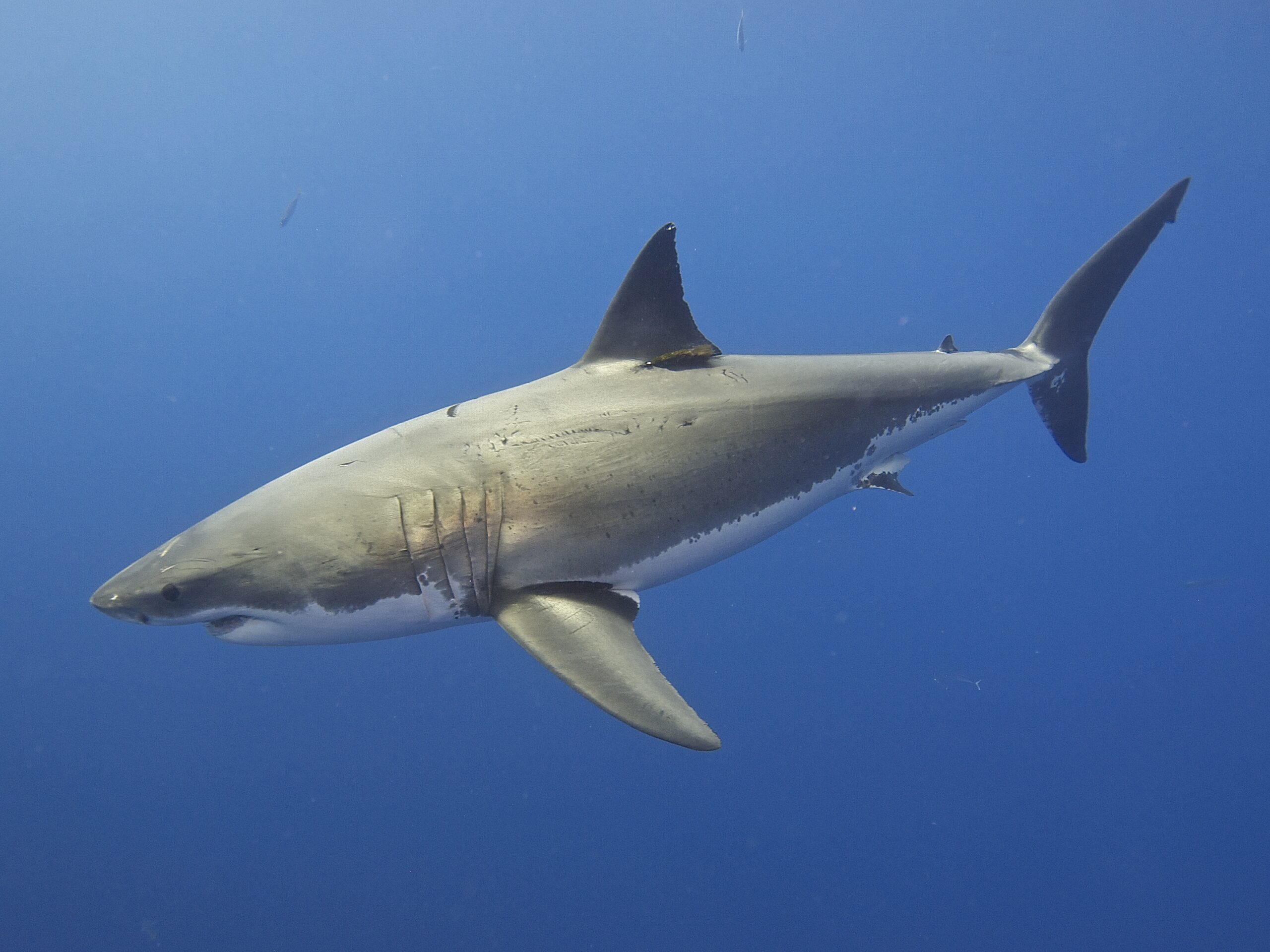Sharks are among the most powerful creatures in the ocean. It is of no shock considering the highly evolved abilities that help them survive in the oceans. We have all heard about the highly sharp sense of smell that sharks have and the fact that they can smell blood from up to hundreds of meters away. There must be something else in addition to the usual senses they have, and that is what we will be discussing in this article.
Sharks are amongst the many efficient hunters of the waters, thanks to their hearing, smell, taste, sight, and touch. Have you ever thought about any other special abilities or “6th sense” that sharks might have? “The Ampullae of Lorenzini” are parts of a Shark that give them the sixth sense and help them in being the extremely powerful hunters that they are. In this article, we will be looking at how the Ampullae of Lorenzini work and how it helps sharks survive.
What 6th sense do sharks have?
Ampullae of Lorenzini, first explained by Stephan Lorenzini in 1678, are structures present on the body of the shark. These help the shark detect electric signals. In short, sharks can detect electric fields with specialized cells in their body. This secret weapon enables sharks to prey even in murky waters in complete darkness. This, additionally, gives sharks an advantage over their prey.
Scientists have concluded that sharks are just as precise in sensing tiny electric fields as the best physical laboratories working with electricity. Every organism has a weak electric field around them.
When prey in the waters move or just even move their gills, the highly evolved pores present in the bodies of sharks called the Ampullae of Lorenzini help them detect this electric field. As a result, sharks can easily catch smaller fish and even look for mates in the waters.
Since the ion concentration between the surrounding seawater and the bodies of the fish is different, a weak electric field is produced when the fish move. This slight voltage can be easily detected by the specialized cells in the body of the shark, as mentioned above.
This sixth sense of sharks is so precise that they are almost 10,000 times more sensitive than other animals that have an electric sense. Even gradients of an electric field as small as a billionth of a volt can be detected by them across a centimeter. This quality of their cells makes them the best electrical sensors on our planet. Even our best electric field measuring equipment is nowhere near the natural ability of sharks.
What are the Ampullae of Lorenzini, and how do they work?
Ampullae of Lorenzini are the sole reason sharks have the aptitude to sense electric fields. These specialized pores are what give the Great White Sharks the ability to detect one-millionth of a volt in water. Electroreceptors are also known as the Ampullae of Lorenzini. These are tubes present on the surface of the skin of the shark and are filled with jelly.
Inside each of the tubes that sharks have, there is a bulb known as an ampulla. When the skin is removed from the head of a shark, these jelly-filled pores can be seen. The jelly is of utmost importance here since it is extremely conductive.
This allows the electric charge to travel from the opening of the tube, through the jelly, to the ampulla, which is present at the base of the tube. Then, the voltage difference across the membrane that lines all these pores activates the nerves present there. As a result, a signal is sent to the brain, which lets the shark know about the presence of an electrical charge.
Mostly, sharks use this ability to catch prey. As a result of their sensitive pores, sharks are able to detect prey hidden in the sand. Electroreception is not only present in sharks but also in a number of other fish such as lungfishes, coelacanths, sturgeons, and bichirs. Some fish have evolved a complex electrocommunication ability, which causes them to communicate through electrical charges.
The Ampullae of Lorenzini are concentrated especially at the head of the sharks, at the dorsal and ventral surfaces of the snout, as well as the area posterior to their eyes. The jelly-like substance is the most powerful and sensitive proton conductor found in the natural world, only slightly behind the most proton-conductive synthetic polymer Nafion.
Although all sharks have these jelly-filled tubes and possess the ability of electroreception, hammerheads are even better than most. Hammerheads have a wide hammer-shaped head called cephalofoil. Since the surface area of the head of a hammerhead is greater than other sharks, it gives the ampullae more surface area to be spread on.
As a result, their ability to detect electrical signals is much better than other sharks. This allows them to detect prey more quickly. Also, check out what makes the brains of sharks so unique.
Conclusion
The 6th sense of sharks is much more sensitive as compared to the animals that rely on electric sense. “The Ampullae of Lorenzini” parts of a Shark are responsible to give them a sixth sense and make them powerful marine hunters.
Since the number of sharks is decreasing in the oceans, marine biologists are finding ways to use this ability of sharks for their own use. This sensory system may be used in the future by fishermen to prevent sharks from getting caught in their equipment. Perhaps with a better understanding of the abilities of sharks, we will be much closer to saving them rather than just fearing them.







